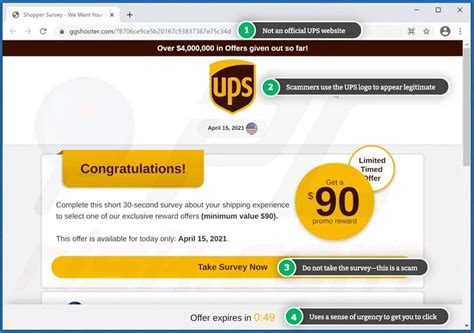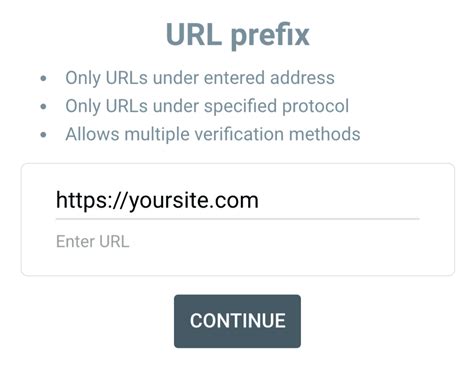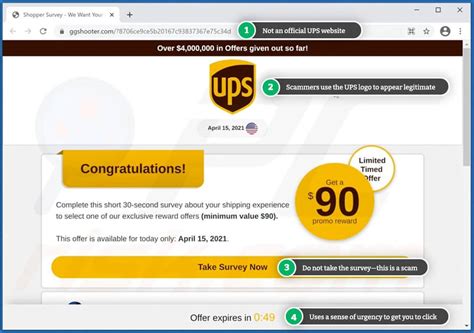How to Recognize a Fake Website: A Comprehensive Guide
1. What are the Key Signs of a Fake Website?
With the increase in online scams and phishing websites, it’s critical to understand how to differentiate a fake website from a legitimate one. Here are some primary signs to consider:
- Check the URL: Look for misspellings or strange domains, like “.xyz” instead of “.com” or “.org”. These can indicate a website trying to impersonate a legitimate source.
- Look for SSL Certificates: Most legitimate websites use “https://” and have a padlock symbol, indicating encrypted and secure communication.
- Investigate the Contact Information: Real companies usually provide verifiable contact information, such as a physical address and phone number.

2. Why Is It Important to Recognize Fake Websites?
Identifying fake websites is essential for protecting personal data, financial information, and more. Here are some reasons why it matters:
- Identity Theft Prevention: Many fake websites aim to steal your identity by capturing sensitive information.
- Avoid Financial Losses: Online scams can result in unauthorized transactions or stolen funds.
- Protect Against Malware: Some fake sites contain malware, which can compromise your device and data.
3. How to Verify the Legitimacy of a Website’s URL?
The URL is often the first indicator of a website’s legitimacy. Here’s a step-by-step guide to examine a URL:
- Look for Misspellings: Typos in the website name, such as “paypa1.com” instead of “paypal.com,” are often signs of phishing.
- Examine the Domain Extension: Be cautious of rare or unusual extensions like “.xyz” or “.club” as opposed to “.com” or “.org.”
- Use Online Tools: Websites like WHOIS can help verify a domain’s registration details, giving clues about the owner and registration date.

4. Are SSL Certificates a Guarantee of Safety?
While SSL certificates add a layer of security, they are not an absolute guarantee of website legitimacy. Here’s why:
- Encryption vs. Authenticity: SSL encrypts data but doesn’t always verify a website’s authenticity. Scammers can also obtain SSL certificates.
- Look Beyond the Padlock: Always combine SSL checks with other verification steps, like checking the contact details and domain age.
- Check Certificate Details: By clicking the padlock icon, you can view certificate details. Reliable websites often have SSL issued by reputable providers.
FAQ
What are some quick ways to identify a fake website?
Look at the URL, check for SSL, investigate contact details, and verify the domain registration.
How reliable is a URL in determining a website’s authenticity?
It’s a primary indicator but not foolproof. Scammers sometimes mimic legitimate URLs closely, so other checks are also important.
What should I do if I suspect a site is fake?
Avoid entering any personal data, report the site if possible, and conduct further research before engaging with it.
Can I trust a website with a “https” prefix?
Not entirely. While “https” offers encryption, it’s not a standalone measure of authenticity.
Are unfamiliar domain extensions a red flag?
Yes, rare extensions like “.xyz” or “.club” may indicate a suspicious site, though this is not always the case.
What tools help verify website authenticity?
Tools like WHOIS, URLVoid, and Google Safe Browsing can help confirm website legitimacy.
Is it safe to provide contact details on unfamiliar sites?
Generally, no. Avoid providing any personal information on sites you can’t verify as legitimate.



